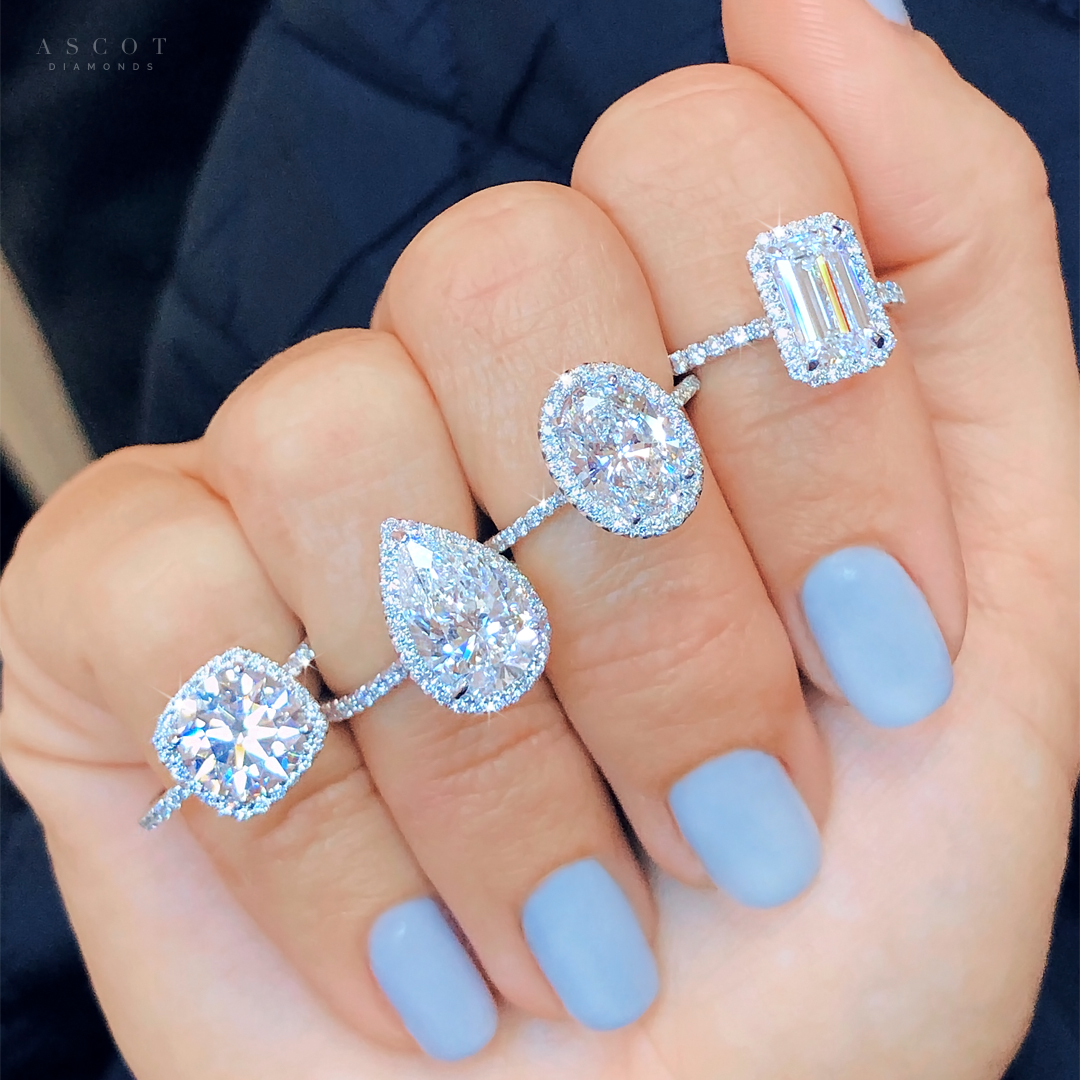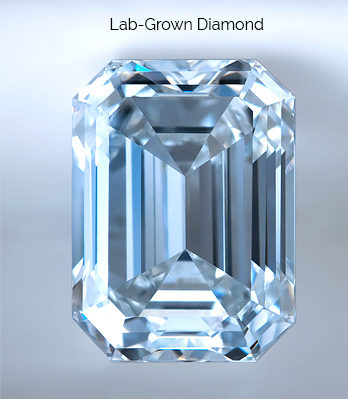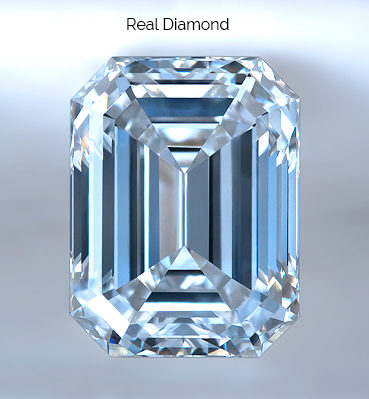Man Made Diamonds vs Natural Diamonds
Lab Grown or Man Made Diamonds have the same chemical and physical properties from natural diamonds.
Lab created diamonds are grown in days or weeks depending upon size, whereas natural diamonds were formed millions of years ago under enormous pressure at depths of around 100 miles below the earth’s surface.
Differences between lab-grown and naturally sourced diamonds:
Lab-grown diamonds have the same chemical and physical properties as natural diamonds. Lab-grown diamonds can be differentiated from natural diamonds with the right instruments.
At some point after crystallization the rough diamond crystals were forced closer to the earth’s surface by volcanic eruptions creating narrow, vertical rock formations known as kimberlite pipes.
By mining and processing the kimberlite ore, rough diamond crystals are identified and separated.
The ratio of rough diamonds to kimberlite is extremely low and it is not unusual for miners to process approximately 2 tons of ore before a single rough diamond is found large enough to produce a polished diamond weighing +-1.00 carat.
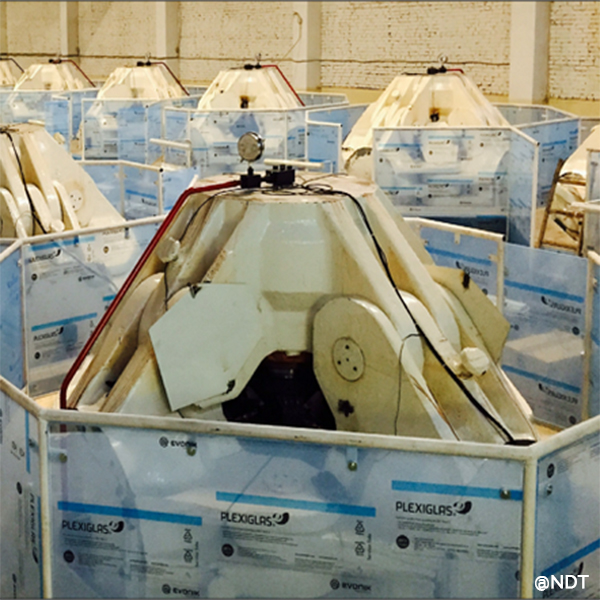
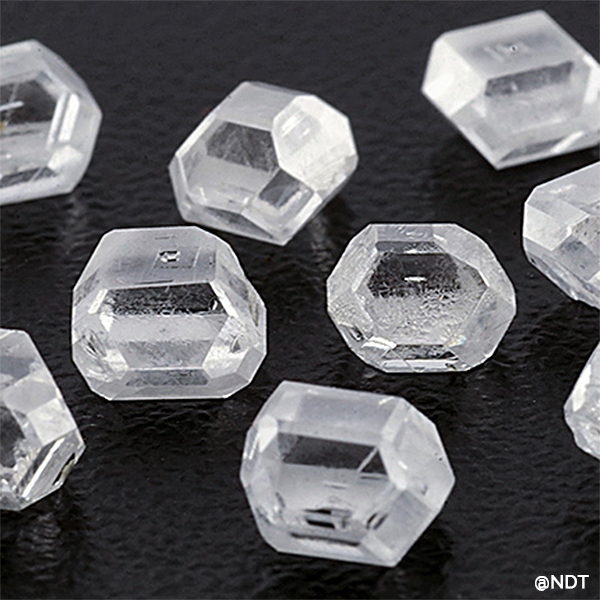
Diamond material is classified in 4 categories:
Type 1a: Generous amounts of nitrogen present in clusters or pairs.
[95% of all natural diamonds are Type 1A.]
The remaining 5% of natural diamonds [and lab grown diamonds] are classified in 3 categories:
Type Ib: Crystal has scattered, isolated nitrogen atoms – not in pairs or clusters.
Type IIa: Crystal has almost zero nitrogen.
Type IIb: Crystal has traces of boron.
Type I and type II diamonds can be distinguished by type II’s transparency under short-wave ultraviolet radiation and both types can be definitively separated by infrared spectroscopy.
While there are existing instruments to differentiate lab-grown from natural diamonds, more efficient, compact versions are expected to be available in the not too distant future.
The need to discern lab-grown from natural quickly and reliably is important for the natural diamond industry as it works to preserve the integrity, mystique and value of naturally sourced diamonds.
Recent advancements in lab grown diamond technology has made it possible to create larger, whiter lab grown diamonds suitable for jewelry.
This new technology is called ‘chemical vapor deposition’ (CVD) or low-pressure, high-temperature (LPHT). It works by allowing diamonds to grow in a vacuum chamber using a diamond crystal or plate as a seed to initiate growth.
As this new technology is becoming more prevalent a growing number of companies have indicated their intention to produce and market ‘jewelry quality’ lab grown diamonds; this prospect is likely to increase supply dramatically and place downward pressure on the value of synthetics.
Man-made ‘jewelry quality’ diamonds currently account for no more than 2% of the total diamond sales and at present sell for approximately 35% less than natural diamonds.
It is important to note there have been no significant new natural diamond discoveries anywhere in the world for over 20 years and as the populations of China and India in particular become more prosperous, the value outlook for naturally sourced diamonds appears positive.
Demand Outlook for Industrial Quality Lab Grown Diamonds
Synthetic, industrial quality diamonds [not suitable for jewelry] have been produced and sold to industry for decades and this market now uses a staggering 1,500 tons per year.
In addition to being the hardest natural substance known to man, diamonds have unique properties making them ideal for specific industrial applications.
Diamonds withstand high levels of radiation, do not trigger an immune response and have considerable value for cutting tools, nuclear engineering and medicine.
In addition, diamonds have extraordinary thermal conductivity qualities transferring more current than silicon currently used in semiconductors and diamonds are capable of handling twice the heat load.
Industrial quality diamonds are likely to play an important role in the future production of smaller, more-powerful electronic devices and lab grown diamonds will no doubt play a major role going forward.
Naturally sourced diamonds account for over 90% of diamond engagement rings worldwide and have served as the ultimate expression of love, value and commitment for over seven hundred years.
While lab-grown diamonds will no doubt find their place in the fine jewelry landscape, the rarity and powerful emotion embodied in the presentation of a natural diamond is likely to endure for a very long time.
